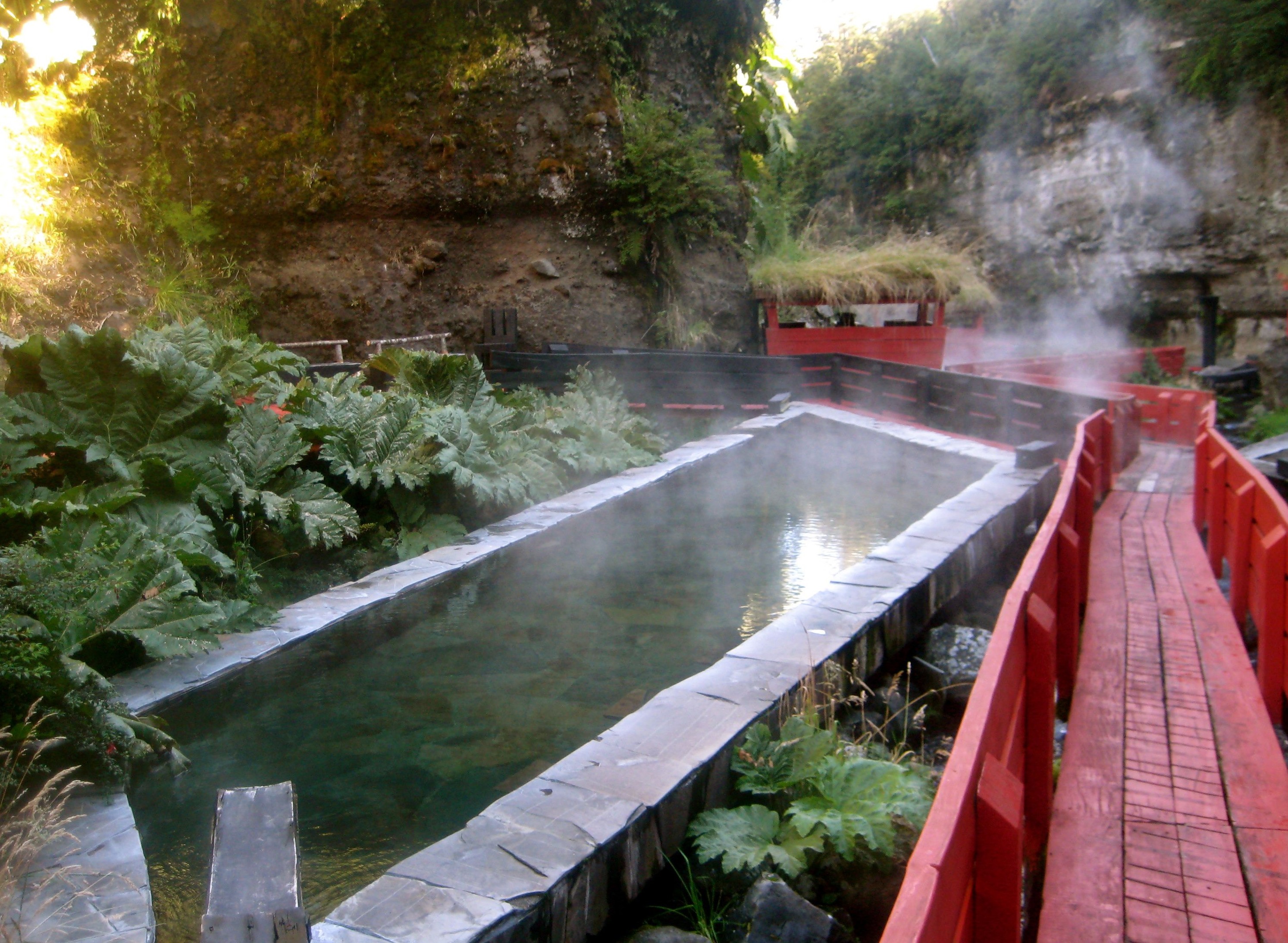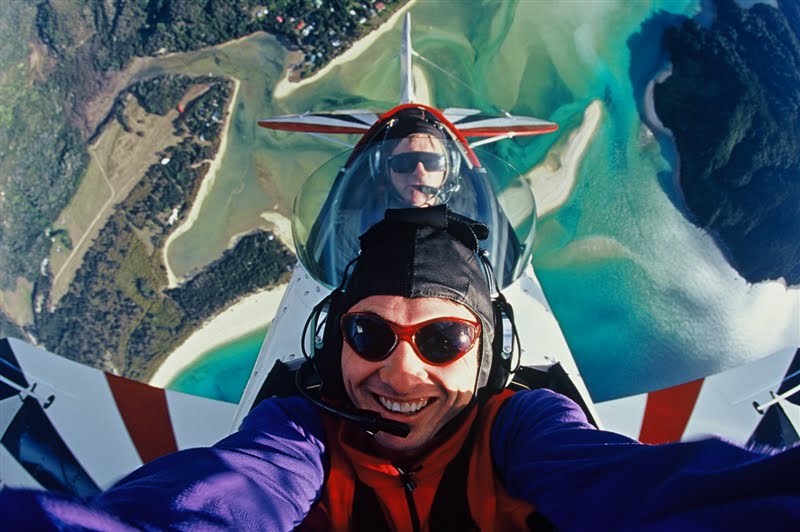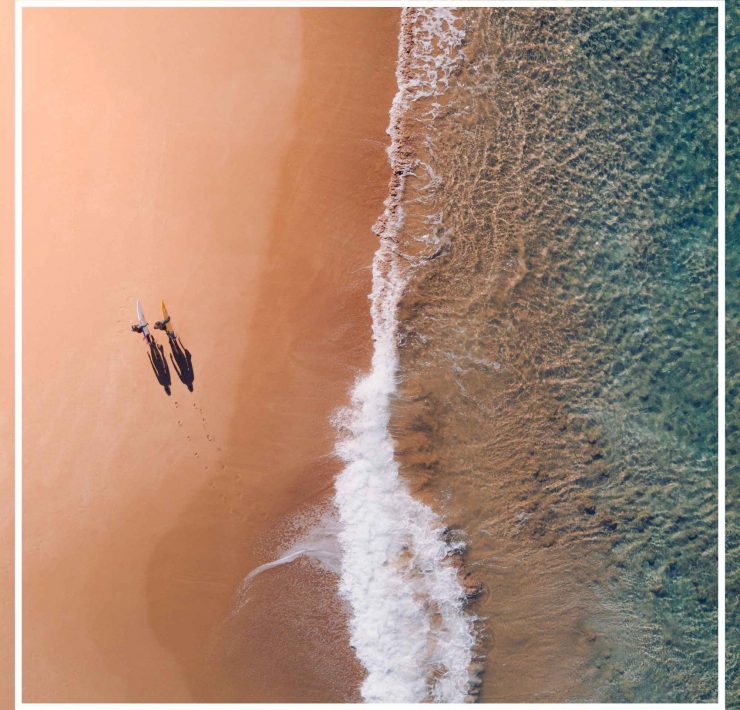4 Essential Outback Road Trip Tips To Stay Safe And Have Fun
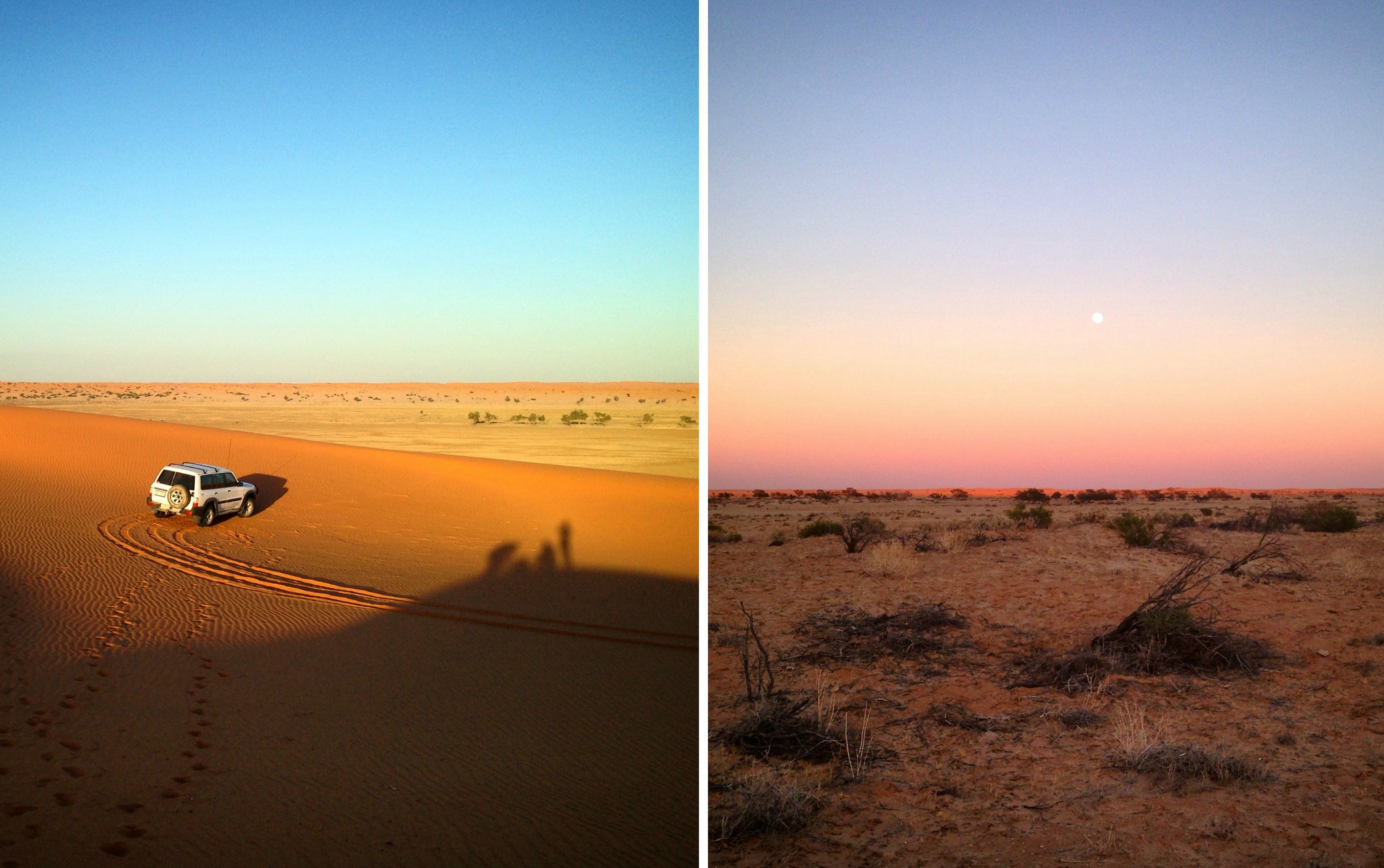
Kelly Theobald is a journalist, author and photographer who takes…
As Paul Kelly sings, ‘every effing city looks the same.’ That’s why now is as good a time as any to leave the bright city lights behind and explore one of the most unique places on earth – our Outback. Here’s how:
Planning

If you don’t have access to a four-wheel-drive, it’s not a bad idea to fly to a regional centre where you hire one.
Longreach, in central Queensland, is a good place to start as there’s plenty to see and do there before hitting the road. The Australian Stockman’s Hall of Fame is worth a visit as is the QANTAS museum, where the airline was founded.
Alternatively, you could land in the Territory north for easy access to Katherine, Kakadu and the Kimberleys or south to get to Alice and Uluru. Adelaide and Darwin are also a good major city starting bases.
Choose the most convenient spot, check the maps and then work out the direction you’re heading. Overestimate instead of underestimate on time — 13 hour days on a long, straight road are about as fun as they sound.
What to take
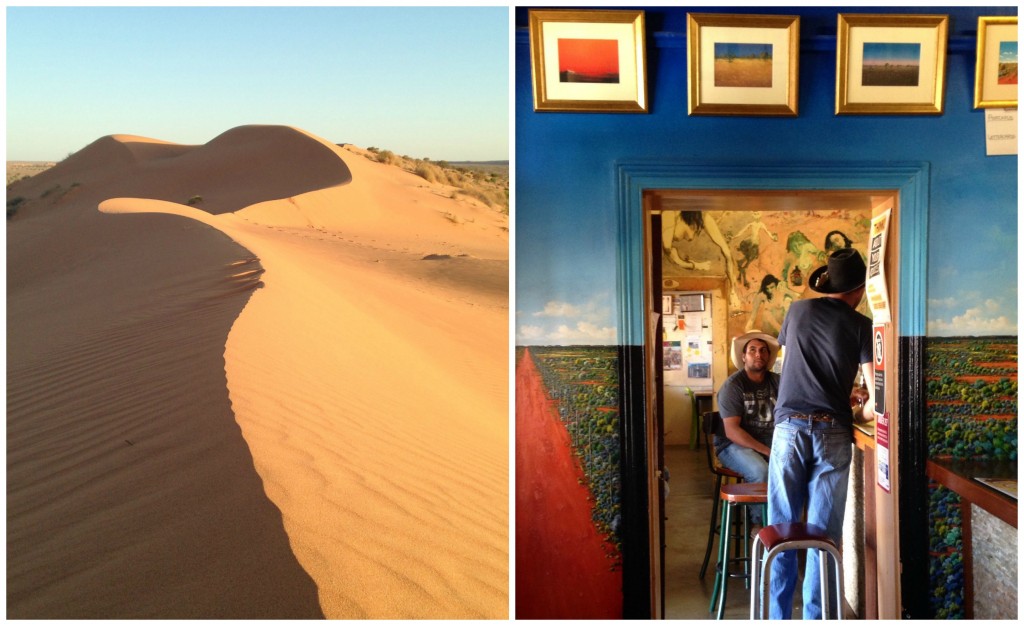
If you’re flying in then hiring a vehicle, you’ll only be able to take minimal luggage which can be a problem if you’re camping. Luckily, some regional centres have camping stores that do hire out a small amount of equipment, so make some calls to ensure you get what you need well in advance. Otherwise, while camping in a swag is the best way to have an authentic experience, a tent and inflatable mattress are way more space-efficient.
Throw in a saucepan and butane single burner stove (keep airport security happy and leave the gas at home; most servos and general stores will sell replacement bottles), a fold-up shovel and a lightweight billy and you’re pretty much set. Before you set off in your hire car, make sure it has at least one spare tyre (two would be better) and a jack and all tyre changing equipment. Don’t be too proud to ask the hire place to show you how to change it if you’re not sure.
It’s also a good idea to hire a satellite phone from a camping store at home, as there’ll be many places and long stretches of roads where you won’t have mobile service if something goes wrong. And don’t forget to buy most of your groceries and cask or two of water before you leave for the smaller towns. You may not be able to buy all you would like to in some places, and it’s always better to have too much food and water in case you get into trouble on the roads.
If you’re after a more streamlined experience you can fly to a regional centre that offers fully catered tours. Small, family-owned businesses usually operate the best ones. They’re locals so they know all of the good spots, have the best contacts and the most knowledge of the region. It might take a bit of research to find these guys, because many don’t have the most search engine optimised websites, but a bit of effort will definitely pay off and you’ll be off on a desert adventure with someone who’ll cook a decent campfire meal, won’t get bogged and will introduce you to the who’s who of outback legends.
Finally, if you’re more of a five-star traveller, just pack your clothes and book yourself motel rooms along the way. Most towns in Queensland will have nice motels with lovely, well-priced rooms, such as the Desert Sands motel in Boulia, QLD, which is a standout, and others will have rooms attached to the pubs, like the famous Birdsville pub, which has modern, air-conditioned rooms fit for a king.
When to go

Generally, winter is best. Up north, the wet season is over by about March or April and the cooler weather, dry roads and regular events make winter the best time to travel.
In the central desert regions, extreme temperatures that hover in the mid-40s during summer mean that most people avoid travelling at this time of year. Therefore, some businesses shut for the summer and all the big events are held during winter.
But, if you reckon you can handle the heat (which is a dry heat and feels a lot less warm than the same temperature would in a city!), I definitely recommend heading outback in summer. You’ll have the place to yourself, the locals love to have a yarn and you’ll see what life is really like in some of the most remote towns in Australia.
Safety first
When travelling in the outback, especially if you’re driving, there’re a few things to watch out for that city folk may not realise. Firstly, the long, lonely roads can be quite hazardous. Driving on dirt is a completely different deal to driving on bitumen, so take it slow. Then, there’s roos, cattle, emus and camels to watch out for.
Flat tyres and breakdowns are common, which is why you’ll have your satellite phone, of course! Before you leave for each leg of the trip, let someone know where you’re going, how you’re getting there and what time you expect to arrive. Then, call them again when you arrive to let them know you’re safe. Tell them that if you don’t call within a couple of hours of the expected time, they should call the cops in whatever town you’re heading for so they can look for you. It may sound over the top, but I can attest that this method has actually saved me once or twice.
If anything does happen, the number one rule of outback safety is to stay with your vehicle. Don’t try to walk to anywhere, especially in the middle of the day. This is even more important in summer. If you’ve packed right, you should have enough food and water to last you until your loved ones call the cops and they come to find you, camped by the side of the road right by your vehicle (with its one-too-many flat tyres or whatever else has gone wrong).

In saying that, don’t put off an outback road trip because you’re worried about something terrible happening. Firstly, it’s proportionally rare and secondly, if you’ve done your homework, you’ll totally be able to cope with a bit of a hitch in your plans and the Bear Grylls-like survival story of your breakdown on a long lonely stretch of road, kilometres from anywhere, will be the highlight of your trip.
(All images are author’s own)
Kelly Theobald is a journalist, author and photographer who takes the road less travelled. She has spent the past few years travelling around Australia from her base in Birdsville, outback Queensland, which is one of Australia's smallest and most isolated towns, with a year of living in a shack in a remote Bangladeshi village thrown in for good measure. She blogs at kellytheobald.com.au.


